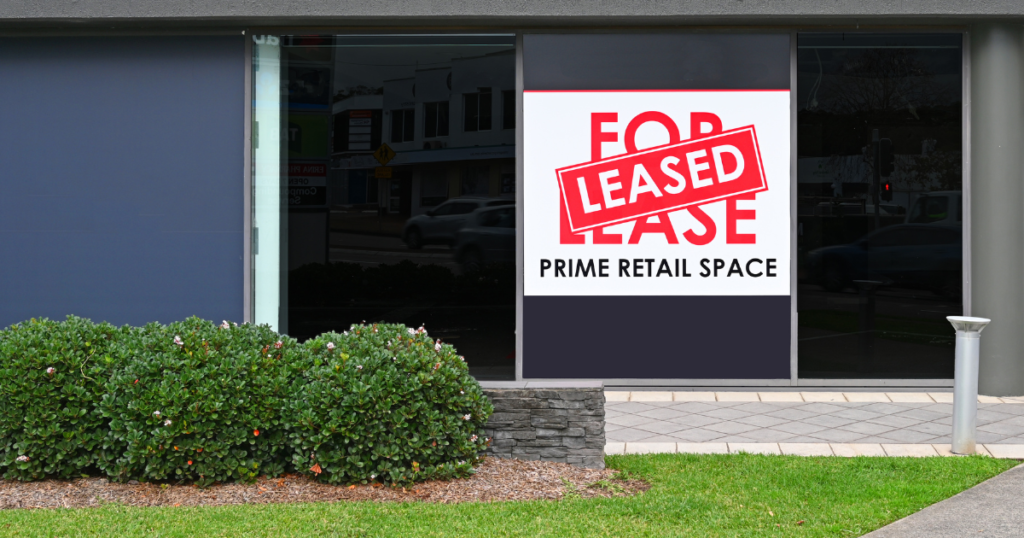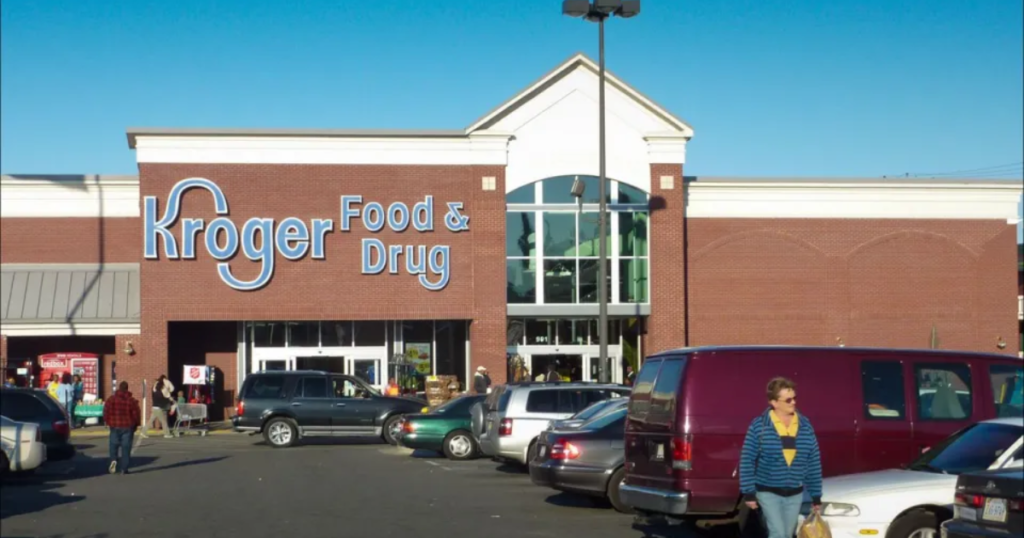As you observe the Southern California industrial leasing market settling, you may be wondering about the implications of this trend on various stakeholders. With vacancy rates stabilizing and rent growth moderating, the market dynamics are evolving in response to changing conditions. Understanding how investors, tenants, and developers are navigating this landscape could offer valuable insights into future strategies and opportunities. Stay tuned to explore the nuanced developments and potential shifts in the SoCal industrial leasing market that could shape decision-making in the near term.
Market Stabilization Trends
Amid shifting dynamics, the SoCal industrial leasing market is exhibiting signs of stabilization with vacancy rates now ranging from 2.6% to 4.5%. Tenant demand has softened in 2023, resulting in a slowdown in rent growth to 9.6% year over year.
The market faced 1.6 million SF of negative net absorption, indicating a decrease in leasing activity. With an increase of 3.8 million SF in vacant space year over year, there’s a noticeable adjustment in market dynamics. Rent concessions are becoming more common as landlords adapt to the evolving demand landscape.
As the market settles, these trends reflect a need for flexibility and responsiveness to the changing conditions. Investors and tenants alike are observing these adjustments, anticipating a more balanced and active industrial leasing environment in Southern California.
The market is in a phase of recalibration, where stakeholders are navigating through challenges and seeking opportunities for growth and stability.
Demand-Supply Dynamics Analysis
The SoCal industrial leasing market in 2023 witnessed a notable easing in tenant demand, impacting rent growth trends and vacancy rates. With 1.6 million square feet of negative net absorption, vacancy rates in the region ranged from 2.6% to 4.5% by the end of 2023.
To adapt to the changing landscape, rent concessions were offered to credit tenants. The evolving dynamics also saw available space in SoCal increase by 6.3 million square feet throughout the year.
As tenant demand softened, the market experienced a shift in balance, prompting adjustments in rental strategies and leasing incentives. These changes reflect the ongoing efforts to align supply with demand, creating a more stable environment for industrial leasing in Southern California.
It’s crucial for stakeholders to monitor these dynamics closely to make informed decisions amidst the evolving market conditions.
Investor Sentiment Overview
Investor sentiment in the SoCal industrial leasing market remains cautiously optimistic as interest in smaller assets and value-add opportunities continues to drive strategies amidst evolving market conditions.
Despite a slowdown in industrial investment volume in 2021, investors in SoCal are displaying a keen interest in industrial assets, particularly favoring smaller properties. Strategies such as negative leverage are being utilized to capitalize on value-add opportunities within the market.
Equity capital remains readily available for industrial investments, reflecting a strong investor appetite for these assets. The market’s cautious optimism stems from a focus on adapting to current challenges while seeking out opportunities for growth and profitability.
This sentiment indicates a belief in the resilience of the SoCal industrial leasing market and a willingness to navigate uncertainties with a strategic approach towards investment decisions.
Focus on Value-Add Opportunities
In the SoCal industrial leasing market, the focus remains on seizing value-add opportunities to drive returns efficiently. Investors are keen on leveraging value-add strategies to capitalize on the stability and growth potential within the industrial sector in Southern California.
With rising cap rates influencing investment decisions, the trend of utilizing negative leverage in value-add industrial projects is becoming more prevalent. Equity capital is abundantly available, enabling investors to pursue value-add opportunities and enhance the performance of industrial assets in the region.
Various market participants, including public markets, REITs, and institutional investors, are actively scouting for value-add industrial properties, recognizing them as a stable and lucrative asset class within the SoCal commercial real estate landscape.
Adjusting to Current Conditions
Adapting to the evolving landscape, market participants in the SoCal industrial leasing sector are strategically adjusting to current conditions. With tenant demand easing and rent growth slowing to 9.6% year over year, the industrial leasing market is experiencing a shift in dynamics.
The recorded negative net absorption of 1.6 million SF is impacting vacancy rates, which ranged from 2.6% to 4.5% by the end of 2023. In response to these changing conditions, rent concessions are being offered to credit tenants.
As the market navigates through uncertainties, stakeholders are carefully monitoring these indicators to make informed decisions. By acknowledging the challenges posed by negative net absorption and adjusting leasing strategies accordingly, market participants are positioning themselves to weather the current conditions and emerge stronger in the evolving SoCal industrial leasing landscape.
Anticipation for Future Trends
Market participants in the SoCal industrial leasing sector are looking forward to future trends, including rent reductions and increased concessions, as they anticipate a shift towards a more stable phase in industrial leasing.
With the market poised for changes, there’s a collective expectation for improved absorption rates and adjustments in pricing structures to align with current demands.
As the industry prepares for the anticipated future trends, strategic planning is underway to navigate the transition smoothly.
The prospect of rent reductions and increased concessions signals a potential shift in leverage towards tenants, creating opportunities for businesses to secure favorable leasing terms.
Embracing these future trends is crucial for market players to adapt to evolving conditions and position themselves advantageously in the upcoming stable phase of industrial leasing in Southern California.
Anticipating these changes allows stakeholders to proactively address challenges and capitalize on emerging opportunities as the market progresses towards a more balanced and dynamic environment.
Southern California Industrial Outlook
The Southern California industrial outlook for 2024 reflects a notable shift in key market indicators. Vacancy rates in the Southern California industrial market closed 2023 at 3.2%, with 3.8 million SF of vacant space added year over year. However, tenant demand eased in 2023, leading to a negative net absorption of 1.6 million SF.
Rental growth also decelerated to 9.6% year over year as concessions re-entered the market. The available space in Southern California counties increased by 6.3 million SF in 2023, indicating a more competitive landscape for industrial leasing. Chapman University economists project a 0.6% job growth for Orange County in 2024, further shaping the industrial market outlook in the region.
As you navigate the Southern California industrial market in 2024, keep a close eye on evolving vacancy rates, tenant demand trends, rental growth patterns, and job market developments to make informed leasing decisions.
Final Thoughts
Overall, the Southern California industrial leasing market is showing signs of settling, with vacancy rates stabilizing and rent growth slowing down. Despite challenges like negative net absorption, the market is adapting by offering rent concessions to credit tenants.
Investors are cautiously optimistic, focusing on smaller assets and value-add opportunities. As the market adjusts to current conditions, a shift towards stability and efficient returns is evident through strategic leasing and investment decisions.


